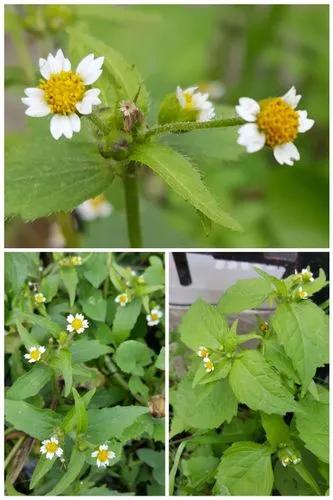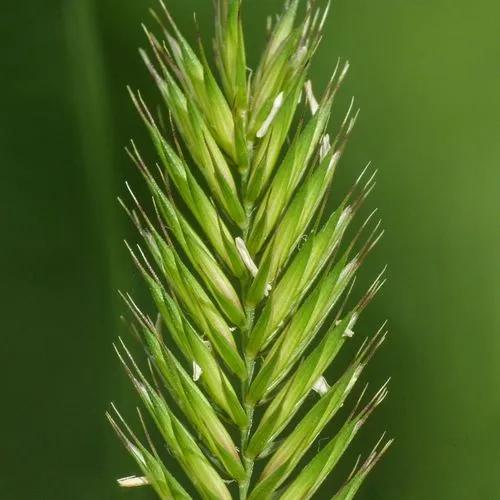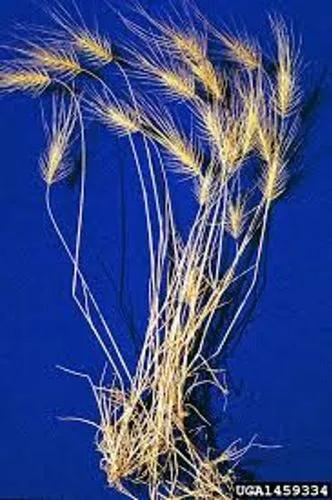Cortaderia jubata is a species of grass known by several common names, including purple pampas grass and Andean pampas grass. It is similar to its more widespread relative, the pampas grass Cortaderia selloana, but it can get quite a bit taller, approaching seven meters in height at maximum
Pink Pampas Grass Care
Cortaderia Jubata



Invasive in South Africa, California, and coastal ranges.
How to Care for the Plant

Water

Once established, pampas grass care is minimal, requiring little maintenance other than watering in extreme drought. It should also be pruned each year to the ground.

Pruning

It should also be pruned each year to the ground. This is usually performed in late winter or early spring. Due to the plant’s sharp foliage, the task of pruning should be done with great care using gloves and a long-sleeved shirt. Pampas grass is usually propagated through division in spring. Pruned clumps can be sliced through with a shovel and replanted elsewhere. Normally, only female plants are propagated. Pampas grass bears male and female plumes on separate plants, with females being the most common among varieties grown. They are much showier then their male counterparts with fuller plumes (flowers) of silk-like hairs, of which the males do not have.

Fertilizer

While not required, pampas grass can be given a balanced fertilizer following pruning to help stimulate regrowth.

Sunlight

Pampas grass enjoys areas with full sun but will tolerate partial shade.

Soil

Although pink pampas grass prefers rich, well-drained soil, it is a durable plant that adapts to nearly any type of soil. The range of less than optimum soils tolerated by this grass includes silty soil, infertile chalky soil and hard, clay soil as well as fast-draining sandy soil.

Temperature

Another plus side to growing pampas grass is its tolerance of drought, wind, and salt sprays.

Popularity

167 people already have this plant 52 people have added this plant to their wishlists
Discover more plants with the list below
Popular articles






